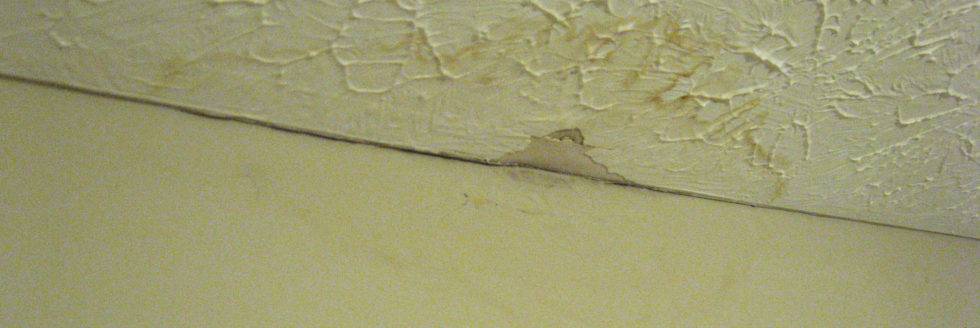Signs of Mold and Mildew Growth in your Charlotte Home
Perhaps you have noticed a bit of unidentified mildew or mold growth along the caulking of your shower or around the faucets in your bathroom or kitchen. Most likely you are enduring a fungal growth common in many Charlotte homes. Typically non-toxic, this type of easily accessible multi-cellular fungus can be handled with a simple wipe-down using basic cleaning agents.
However, not all mold is out in the open. Sometimes it accumulates in places you can’t easily see, such as:
- The underside of carpets and rugs
- Inside kitchen and bathroom cabinets
- On the floor joists above an air conditioning evaporator
- In a poorly vented attic
- On the floor and wall behind the refrigerator, dishwasher or washing machine
Any of this unnoticed fungal growth could be common mildew. However, some indoor growths are types of toxic molds known to thrive inside homes and other structures – possibly even that growth in the shower! There are distinctions between mildew and mold. Typically, mildew is a gray or white surface fungi easily managed with store bought cleaners, a good scrub brush and a bit of elbow grease. Mold, on the other hand, grows green or black and sometimes indicates a more menacing infestation of greater proportion.
In a bit, we will take a closer look at how homeowners should deal with a serious Charlotte home mold infestation.
In Home Mold and Mildew Control
Don’t underestimate the potential danger mold can have on a person’s health. The effects of allergens produced by mildew and mold can range from minor irritation to serious allergic reactions, and can even involve the risk of exposure to potentially toxic mycotoxins. Here are questions that may come to mind about mold and mildew in your home.
1) How do I know that mold and mildew have invaded my home?
Visual evidence of mold is an obvious sign. But consider evidence produced by your sense of smell. As mold grows, it releases airborne reproductive spores. That musty scent that tends to linger inside your home is a sign that you may have a mold infestation.
2) Why is mold growing in my home?
Invisible to the naked human eye, airborne mold reproductive spores can easily float into your home via open doors, windows and vents. Unless an allergic reaction is triggered, you will not notice this activity. If the spores land on wet or damp surfaces, growth will likely begin.
3) What are the signs of mold-related health problems?
For many people, contact with non-toxic mold spores merely induces a sneeze. However, for some Charlotte homeowners contact with mildew or mold spores triggers heavy-duty allergic reactions such as:
- Runny nose
- Irritated lungs
- Red eyes
- Skin rashes
- Sneezing
- Sore throat
4) How can I eliminate mold and mildew from my home?
Perchance you have identified mildew, mold or a musty odor in your home. Cleanup can get complicated, yet quick action is a must for these infestations. The longer mold growth goes unchecked, the greater the accumulated in-home damage and increased risk of illness.
Many Charlotte homeowners have successfully eliminated small patches of non-toxic mold. Yet if water damage is major, ongoing or associated with leaking sewage, we strongly recommend professional services.
Effective mold elimination may involve coordination between multiple professional service agents. You want to eliminate the moisture issues, clean up the mold, and keep your family safe throughout the process. Carolina Pest Management is here to help. We offer streamlined Charlotte home moisture control, including installation where necessary of:
- French Drains
- Sump Pumps
- Automated Temp Vents
- Power Vents
- Crawlspace vapor barriers
- Fully encapsulated crawlspace systems.
Carolina Pest Management is proud to offer Charlotte moisture control, in addition to safe and effective pest control and humane wildlife removal. Contact us today to learn more.


